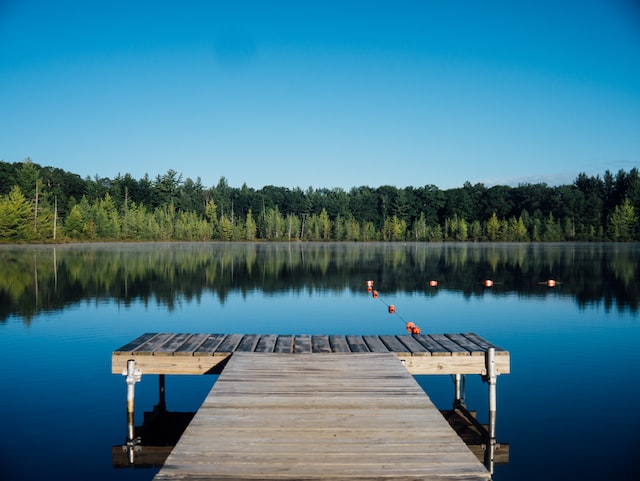If you’re looking for a new fountain for your water garden, you may wonder what a lake fountain pump is. Read on to learn more about choosing a lake fountain pump and the best way to maintain it. You may also want to check the warranty of the fountain. Most manufacturers offer contracts for a specific time, but this may not be enough for you.
Flow Rate of a Lake Fountain Pump
The amount of water that flows through a lake fountain depends on its head pressure. Head pressure is the water’s elevation change from one to three feet. Each foot of tubing increases the head pressure by one foot. Pump manufacturers usually include a pressure chart on the box. It is easy to calculate the flow rate of a lake fountain pump by looking at the chart. However, you can make a few simple calculations to find the right one for your lake fountain.
The water level is critical in selecting the right pump for your fountain. First, ensure the water level is at least fifteen feet above the base level. Then choose a pump whose suction lift equals or exceeds 15 feet. Make sure to select a generously-sized pipe to reduce the effects of friction. The discharge pressure should match.
Look for GFCI protection.
GFCI protection on a lake fountain pump is essential to minimize any possible harm from ground faults. Most electrical codes require GFCI protection in outdoor applications. In addition, many fountain control panels have built-in GFCI protection. Using a GFCI on a fountain pump can be helpful if your home’s main electric panel is GFCI protected, but if it is not, you should be careful, as it may unexpectedly trip your breaker.
A GFCI will only protect you against the water-contact part of the fountain pump, but it will not protect wiring near the fountain. Therefore, if you find a GFCI, you should also look for other safety features. For example, in addition to GFCI protection, look for the breaker’s trip level. If it is higher than 5mA, you should consider a GFCI-protected model. Otherwise, you may purchase a separate unit to avoid nuisance tripping.
Consider the price of a lake fountain pump.
There are several things to consider when purchasing a lake fountain pump. A low-cost fountain pump will not last very long and will fail prematurely. The quality of the pump will also be critical. Low-cost fountain pumps will not last as long as high-quality ones, which will require constant maintenance. Moreover, they will not be suitable for ponds that collect large amounts of debris. Hence, consider the cost before buying a fountain pump.
You can get unbiased information about the quality and performance of a particular lake fountain pump from customer reviews. These reviews are written by people who have used the fountain pump to determine whether it works properly or not. Ensure the number of users increases with time, as a higher number means better quality and after-sales service. The pond should be large enough to accommodate the pump. It should also fit within your budget.
Care for a lake fountain pump
To make your fountain last, you should learn how to care for it properly. For example, while most floaters are winter hardy, you should treat them like annuals if you live in a colder climate. Also, you should remember that water plants can spread to other bodies of water and need to be disposed of properly to prevent invasive species from settling in. Fortunately, there are ways to extend the life of a mechanical pump and keep it from needing repairs.
You should use a cleaning agent specifically for fountains during the warmer months. This product effectively removes algae and white scales, typically caused by hard water and minerals in the water. However, if you have a fountain with a spongy filter, you may want to use a cleaning agent for this purpose. The cleaner should contain no harsh chemicals or bleach, so you can use it whenever you want.
